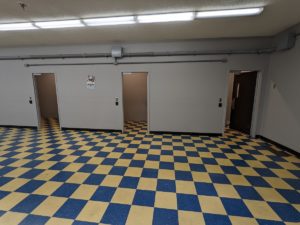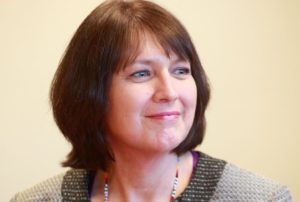Podcast – Isolation and Restraint in Washington state Schools
 In our Putting Students First podcast, we interview policymakers, partners, and thought leaders to spotlight education policies, research, and practices so that together we can create a brighter future for every Washington student.
In our Putting Students First podcast, we interview policymakers, partners, and thought leaders to spotlight education policies, research, and practices so that together we can create a brighter future for every Washington student.
Isolation and restraint in schools hurts our most vulnerable students. In this episode, League of Education Voters Acting CEO Arik Korman discusses alternatives to isolation and restraint of students, policies that can be implemented at the school district level to support school leaders and staff, and direct impacts of isolation and restraint on students.
We were honored to interview:
- Justin Hendrickson, Principal at South Shore PreK-8 in Seattle Public Schools
- Liza Rankin, Vice President of the Seattle Public Schools Board of Directors
- Dorian Taylor, a survivor of isolation and restraint practices who now works to advance disability justice at the county level
- Chris Baglien, a survivor of isolation and restraint practices who now is a father and a student in a postsecondary automotive program in Skagit County
Listen on Spotify, Apple Podcasts, or Spreaker
Listen:
 In our
In our 
 In our podcast, we interview policymakers, partners, and thought leaders to spotlight education policies, research, and practices so that together we can create a brighter future for every Washington student.
In our podcast, we interview policymakers, partners, and thought leaders to spotlight education policies, research, and practices so that together we can create a brighter future for every Washington student. In our podcast, we interview policymakers, partners, and thought leaders to spotlight education policies, research, and practices so that together we can create a brighter future for every Washington student.
In our podcast, we interview policymakers, partners, and thought leaders to spotlight education policies, research, and practices so that together we can create a brighter future for every Washington student.
 How big is the budget shortfall for the 2017-18 school year?
How big is the budget shortfall for the 2017-18 school year?